The First Home Loan Deposit Scheme, or FHLDS, is a scheme designed to get Aussies into their first home faster. But, with price caps expanded, what has changed?

Buying your first property is also one of the first steps of building wealth, as the equity in the home will usually allow you the opportunity to access further loans. If you are looking at – shares, a managed fund, or even a second investment property, entering the market isn’t always straightforward.
Thankfully, this is something that the Australian Federal Government is acutely aware of. As a result, they have taken some significant steps to help alleviate the pressure that first home buyers face in our country, such as grants and funding available through a variety of schemes purposefully released to encourage property ownership, with one of the more recent ones to enter the fray being the First Home Loan Deposit Scheme.
What Is The First Home Loan Deposit Scheme?
The First Home Loan Deposit Scheme (FHLDS) was first released on January 1 2020, and is an Australian Government initiative to support eligible first home buyers to build or purchase a first home sooner rather than later.
While buyers are usually required to save a 20% deposit or otherwise pay Lenders Mortgage Insurance, under the FHLDS, eligible first home buyers can purchase or build a new home with a deposit of as little as 5%. How this works is that the government acts as a guarantor for the remaining amount, so that you can get into the property market with a smaller up-front deposit.
In essence, the FHLDS functions in a similar fashion to a traditional family guarantor loan, except it is the government that fronts up to vouch for you, and in turn shoulder the risk. While the scheme doesn’t offer a cash payment, the good news is that you can use it in conjunction with any other government grants, schemes, concessions and waivers you qualify for, with the aim being to get Australians into their first home faster.
In this year’s budget, the government has boosted this by adding an extra 10,000 places to the scheme from July 1 2021 – except this time, it’s for both new and existing homes. The scheme has been boosted to accommodate an additional 10,000 applicants, lifting the total places to 30,000 for those who are able to meet the following criteria:
- Singles taxable income up to $125,000
- Couples taxable income up to $200,000
- Owner-occupied properties on a principal and interest basis
- Hold Australian citizenship
- Purchasing your first property
However, one of the major changes to note is an expansion on the property price caps and limits that previously applied to the First Home Loan Deposit Scheme. The move has been welcomed by property market and real estate insiders, who have claimed that the previous caps were not in line with how expensive it can be to buy in our capital cities, considering that the average house price in Sydney has now surpassed $1 million.
Assistant Treasurer and Minister for Housing, Michael Sukkar MP, has commented that the changes to the FHLDS have been designed to ensure that people from all walks of life can still afford to buy a house in Australia.
“We know how difficult it can be to buy a new home or re-enter the housing market, and that saving a deposit is the hardest part of getting into home ownership. The First Home Loan Deposit Scheme has been a landmark success of the Morrison Government since its commencement in 2020. 30,000 First Home Buyers have been supported into home ownership through First Home Loan Deposit Scheme and New Home Guarantee already.”
From July 1 2021, the following increases on the FHLDS property price caps will come into effect.

The capital city price thresholds also apply to regional centres with a population over 250,000 and recognises that dwellings in regional centres can be more expensive than other regional areas. Examples of these exceptions include Newcastle and Lake Macquarie, Illawarra (Wollongong), Geelong, the Gold Coast and the Sunshine Coast.
Your Secret Weapon In The Property Market
When it comes to navigating the property world, knowledge is power – so why not book yourself into one of Madd Loans’ free First Homebuyer Workshops? Conducted completely online in a webinar format, George and the team at Madd Loans run participants through the world of finance when it comes to your first home loan. This digital model provides flexibility if you’re trying to work around your employment, and is also conducted in a #CovidFriendly manner.
Since their inception in 2012, Madd Loans have worked tirelessly in providing over 1,700 Queenslanders with finance options to help turn their dreams into reality. With the entire brand being built on referrals, George takes great pride in making the mortgage process both fun and educational – and he has a swag of awards to prove it.
During the free online workshops, George shares his tips, tricks and even his own mistakes along the way to ensure that you get pre-approved the first time and gives participants the tools to fast track them into their dream home. It’s worth noting that attendees are under no pressure to follow the process with the team at Madd – the concept is simply to pass on the Madd financial knowledge to buyers so that they feel empowered throughout their journey into their first home.
If you would like to know more about learning how to save for a house deposit and the other things involved with buying your first property, please contact the team at Madd Loans today to book in your place at the next free First HomeBuyer Workshop.














